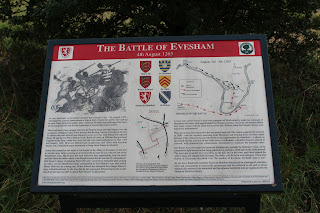Recent events in Turkey reminded me to dust down my 1/300th micro armour collection of modern Turkish forces, together with the Greeks, for a fictional (I hope) clash on the border.
Greek-Turkish rivalries are long standing, and despite both being NATO members, they maintain significant forces on the common border. There have been many attempts to resolve their outstanding differences in the Aegean and Cyprus, but with limited progress.
It has been argued (Heraclides 2011) that this lack of progress is because various incompatible conflicts are but the tip of the iceberg. The real reasons for the impasse, the essence of the rivalry, are the historical memories and traumas, real or imagined that are part and parcel of their national narratives, together with their respective collective identities which are built on slighting and demonising each other.
The next question was, what rules should I use? My rules of choice for the modern period has been Modern Spearhead. It's a good system, even if the movement mechanism is a bit clunky. A game at a pals introduced me to Cold War Commander, the modern version of Blitzkrieg Commander. I bought a PDF version of both rules, but lost them when I thought iBooks backed up on the Cloud - warning, it doesn't! You can't buy a set at present because Pendraken have bought them and are planning to update them (sadly a delayed project), but I borrowed my pals spare copy.
Cold War Commander is a fast play system, with some fairly simple mechanisms that can be picked up quickly. Each command (typically a battalion) has a command value and you can move, fire etc by rolling below that value. When you get close, an initiative stage allows one move without an order. Each base (typically representing a platoon) has movement and firing stats on army lists in the rules. You roll a number of dice for hits and armoured units have a saving throw. Lots of abstractions, but the game flows quickly and I like them.
Onto the game. This is the table with the Greek armoured battlegroup nearest and the Turkish equivalents crossing the river. The objective is the small town.
The Turkish infantry win the race for the town, but their supporting tank units are a bit slow.
This enables the Greek infantry to capture the town supported fully by their own tanks. Both sides had artillery and air support, but they didn't dominate.
I enjoyed this game, which has rekindled my interest in the period.


































